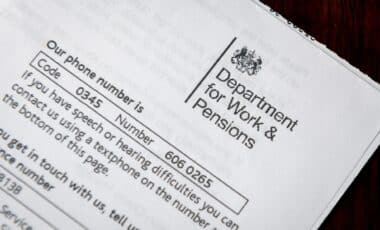Single individuals must save significantly more than couples to ensure a comfortable retirement, according to recent findings. Analysts have warned that the higher costs of living alone make it crucial for single people to set aside £290 each month from the age of 22 in order to reach the savings needed for a moderate retirement lifestyle.
In comparison, couples only need to contribute £145 each month, with the financial disparity highlighting the unique challenges faced by those without a partner. This disparity has been dubbed a “singles tax,” as single individuals are forced to save significantly more to achieve the same retirement standard.
The Impact of Living Alone on Retirement Savings
In a recent report from the Pension and Lifetime Savings Association (PLSA), single people were shown to require a pension pot worth £330,000 to maintain a moderate standard of living in retirement. This is double the amount that couples need to accumulate, who are advised to save £165,000 each.
The research underlines that living alone involves significantly higher costs in areas such as household bills and everyday expenses. This leaves singles with less disposable income to contribute to their pension, creating a more challenging path to retirement savings.
According to Camilla Esmund, senior manager at Interactive Investor,
“It’s no secret that being single can be more expensive, and building wealth as a single person can feel like an uphill struggle because your everyday costs tend to be higher.”
The discrepancy between single and couple savings becomes more apparent over time, as singles need to begin saving earlier to compensate for the additional financial burden they face. The PLSA report suggests that single individuals would theoretically need to start saving 16 years earlier than couples to achieve the same retirement standard.
The Real Cost of Retirement for Singles
Single people must not only save more each month but also accumulate more over their working lives.
The PLSA’s research reveals that the gap in required savings between singles and couples is substantial—£165,000 more for a single person’s retirement. This figure may seem daunting, but it reflects the harsh reality that single individuals are left to shoulder the full burden of living costs, unlike couples who can share financial responsibilities.
Despite the necessity for higher contributions, many single people struggle to make these savings due to a combination of lower disposable income and the inherent challenges of living alone.
For instance, singles face the full brunt of housing costs, utility bills, and everyday expenses, while couples can often share these financial burdens. This imbalance could result in single people facing a more difficult financial future, one that may require more careful planning and discipline to overcome.









